理解Java中异常处理机制的实例
在Java中,异常处理机制是一种用于捕获和处理程序运行时发生的错误的机制。以下是一个具体的实例来解释这个概念:
public class ExceptionHandlingExample {public static void main(String[] args) {// 假设我们有一个可能会抛出异常的方法try {int divisionResult = divide(10, 2); // 这里假设divide方法会因为第二个参数为0而抛出ArithmeticExceptionSystem.out.println("Division result: " + divisionResult);} catch (ArithmeticException e) {System.err.println("Error occurred: " + e.getMessage());// 在这里,我们可以选择处理异常(如打印错误信息),或者让程序继续执行(如果捕获的是可预期的异常)。}}// 假设我们有一个用于演示如何进行除法运算的方法public static int divide(int numerator, int denominator) {if (denominator == 0) {throw new ArithmeticException("Divide by zero error.");}return numerator / denominator;}}
在这个例子中,我们试图对10除以2。但是,由于第二个参数为0,divide方法抛出了ArithmeticException。
在main方法的try-catch块中,我们捕获了这个异常,并打印出错误信息。这样可以让我们更好地控制程序的行为,避免因异常导致程序崩溃。


























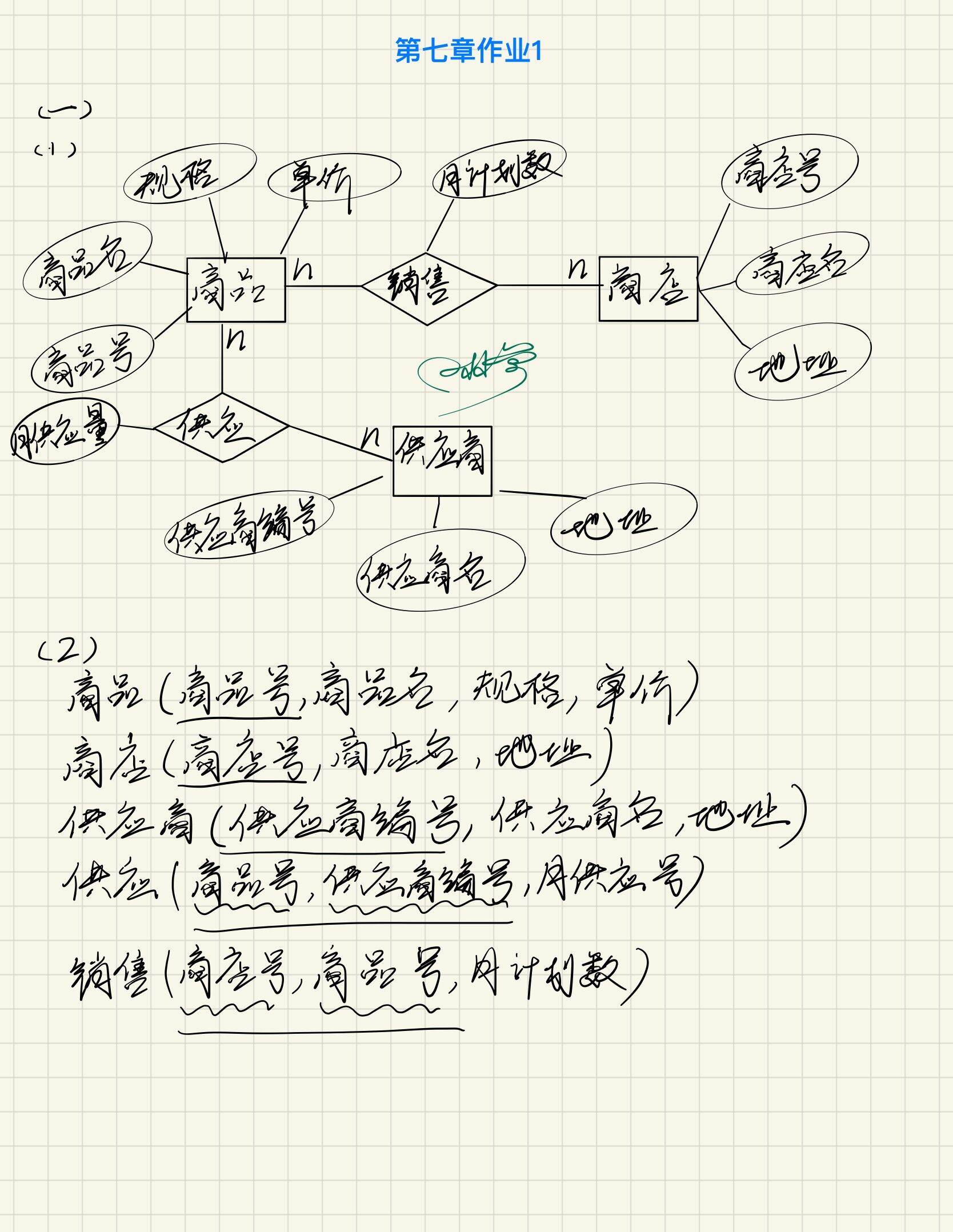
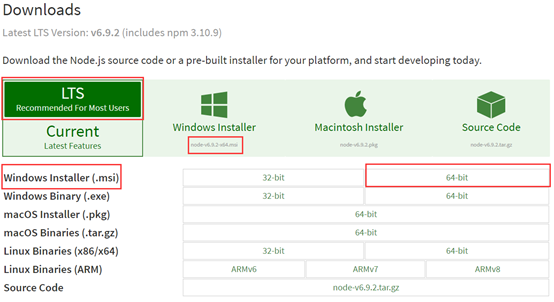
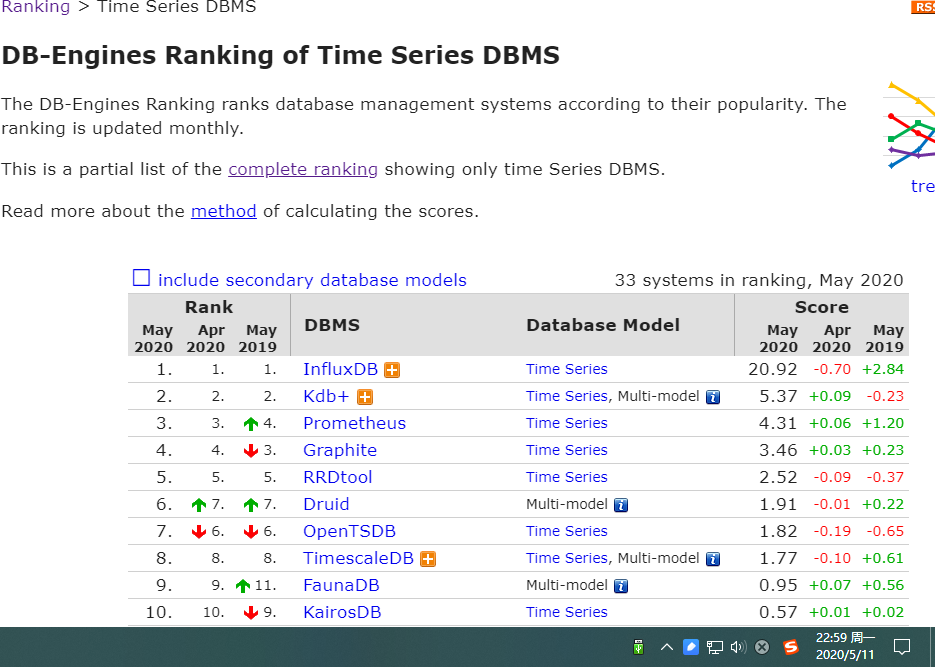
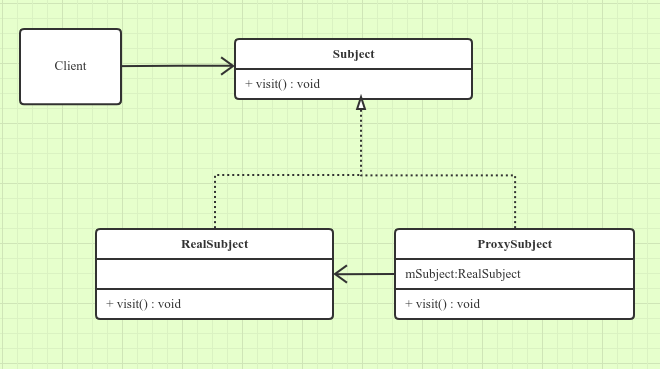
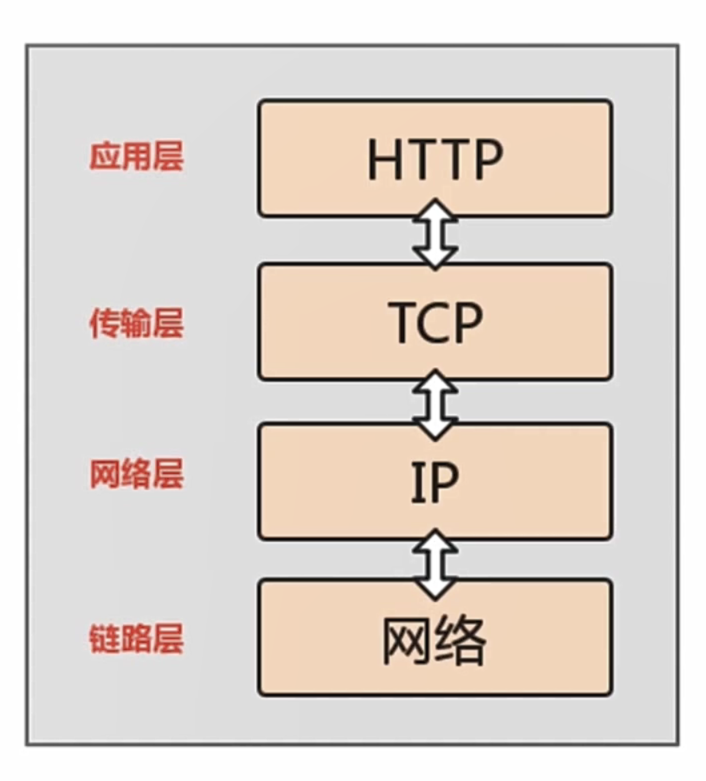




还没有评论,来说两句吧...